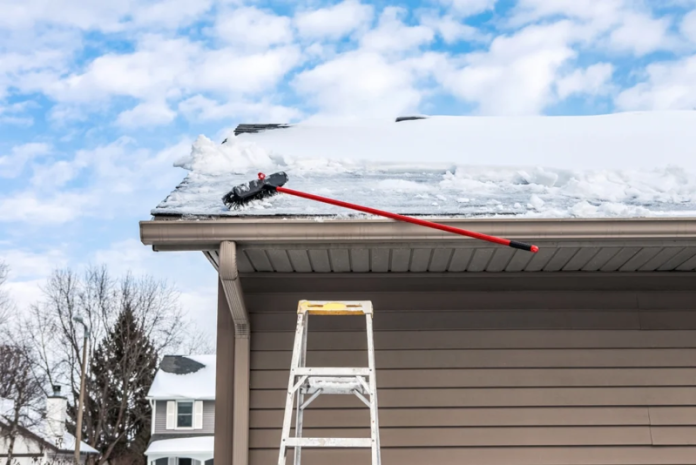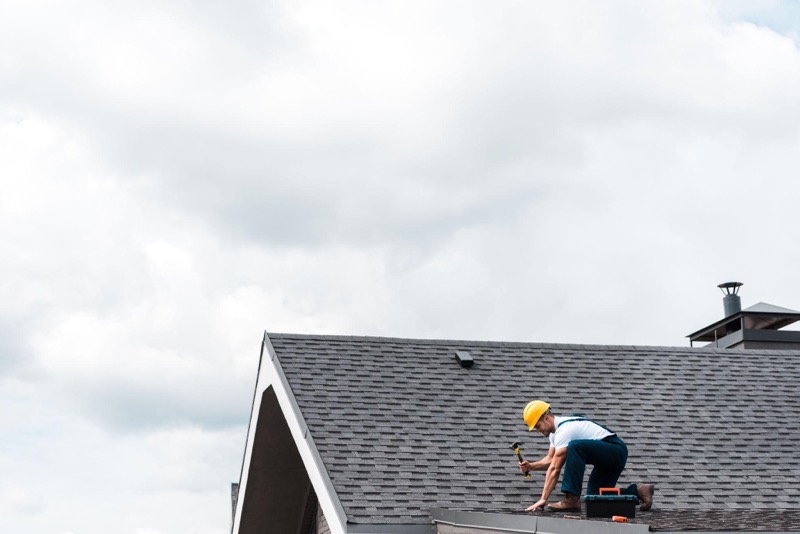As the leaves change color and the air grows crisp, it’s a reminder that winter is on its way. For homeowners, this means ensuring your home, especially your roof, is ready to face the harsh elements. Preparing your roof for winter is not just about avoiding leaks; it’s about safeguarding your home’s warmth, efficiency, and integrity. This guide is tailored for homeowners in their 30s and 40s looking to navigate roof repairs before the winter season.
Understanding the Job at Hand
Identify the Needs:
- Inspect Your Roof: Start with a visual inspection. Look for missing, damaged, or worn shingles, clogged or damaged gutters, and any signs of leaks in your attic.
- Signs of Aging: Roofs have a lifespan. If yours is nearing the end of its expected durability, it might be time for a significant repair or even a replacement.
Vetting a Contractor:
- Experience and Reputation: Look for contractors with a solid track record. Websites like Roofing Contractor can be a good starting point.
- Licenses and Insurance: Ensure they have the necessary qualifications and insurance to protect both parties during the job.
- Reviews and References: Check platforms like BBB, Yelp, and Google for reviews. Don’t hesitate to ask for references directly.
Questions to Ask:
- What is the timeline for the project?
- Can you provide a detailed quote?
- How do you handle unexpected issues or delays?
Making an Informed Decision
Comparing Quotes:
- Don’t just look at the bottom line. Compare what’s included in each quote to ensure you’re getting comprehensive coverage for the job.
Saving Money and Enhancing Efficiency:
- Choose the Right Materials: Some materials may offer better insulation or durability, which can save money in the long run.
- Consider Energy-Efficient Options: Products like cool roofing can reduce heating bills and may qualify for tax credits.
Finalizing the Deal
Before You Sign:
- Ensure you understand the warranty and what it covers.
- Confirm the payment schedule and what triggers the final payment.
During the Project:
- Keep communication open with your contractor. Regular updates can help catch issues early.
Frequently Asked Questions
Q: How often should I inspect my roof?
A: At least twice a year, in the fall and spring, to prepare for the more severe weather conditions of winter and summer.
Q: Can I do an inspection myself?
A: Yes, for a basic visual inspection. However, for a thorough assessment, especially if you suspect damage, consider hiring a professional.
Q: What’s the most cost-effective roofing material?
A: Asphalt shingles are typically the most cost-effective, but consider your home’s architectural style and your climate when choosing.
















